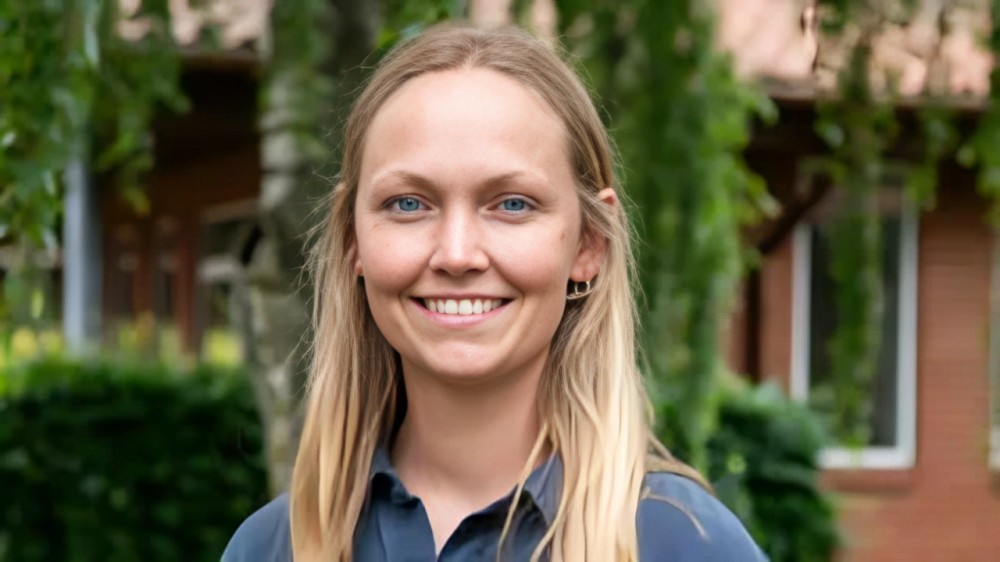Sami (Papacek) Mansfield, Founder of Cancer Wellness for Life and also a Chair of Cancer Member Interest Group, shared a recent article by Anne Dorte Lerche Helgestad on LinkedIn:
“A simple, patient-centered way to boost cancer screenings and it won’t break the budget.
This approach is one I’ve been advocating for years as a healthcare consultant. It’s not just patient-focused—it benefits the entire healthcare system. This is an excellent option for those systems who will be looking for screening and quality improvement projects for American College of Surgeons coc and napbc credentials.
The strategy: When a patient comes in for one screening (like a mammogram), identify what other screenings they might need and assist with scheduling them. Pair this with practical, risk-reduction tips they can act on immediately.
For example:
- How many servings of fruits and vegetables should they aim for?
- How many days a week should they do resistance training?
- What are some simple strategies for better sleep and stress management?
This approach ensures patients are informed about both screening and prevention. While these might fall under the prevention umbrella, they’re really about risk reduction—an equally critical component of long-term health.
Need resources? Out the lifestyle medicine for cancer risk reduction and survivorship toolkit we launched last year under the American College of Lifestyle Medicine.
An example in action: A recent Danish study tested this concept by combining cervical cancer (CC) and colorectal cancer (CRC) screenings with routine breast cancer (BC) screenings. The results? Impressive.
The Challenge: While Breast cancer screening participation is high (80%+), cervical cancer and colorectal cancer screening rates hover around 60%, even in countries like Denmark where healthcare is free and accessible.
Barriers like forgetfulness, logistical challenges, and discomfort with traditional methods (like pelvic exams for cervical cancer) often prevent people from participating.
The Intervention: During Breast cancer screening appointments, women overdue for cervical cancer or Colorectal Cancer Screenings were offered:
Cervical Cancer Screening: Self-sampling HPV kits.
Colorectal Cancer Screening: Home fecal test kits to detect blood traces.
This “one-stop” approach focused on convenience and immediate follow-up.
Key Results: Over 27,000 women participated, with notable increases in screening rates:
Cervical Cancer Screening: Participation jumped by 25.8 percentage points for overdue women in the intervention group (compared to a 6.1% increase in the control group).
Self-sampling was highly accepted, with 83.6% completing the test.
Colorectal Cancer Screening: Participation rose by 14.9 percentage points for overdue women in the intervention group (vs. 8.9% in the control group).
Combined Participation: Among women eligible for both screenings, 13.6% completed both in the intervention group, compared to just 0.3% in the control group.”
Authors: Anne Dorte Lerche Helgestad, Mette Bach Larsen, Sisse Njor, Mette Tranberg, Lone Kjeld Petersen and Berit Andersen

More posts featuring Sami (Papacek) Mansfield.
